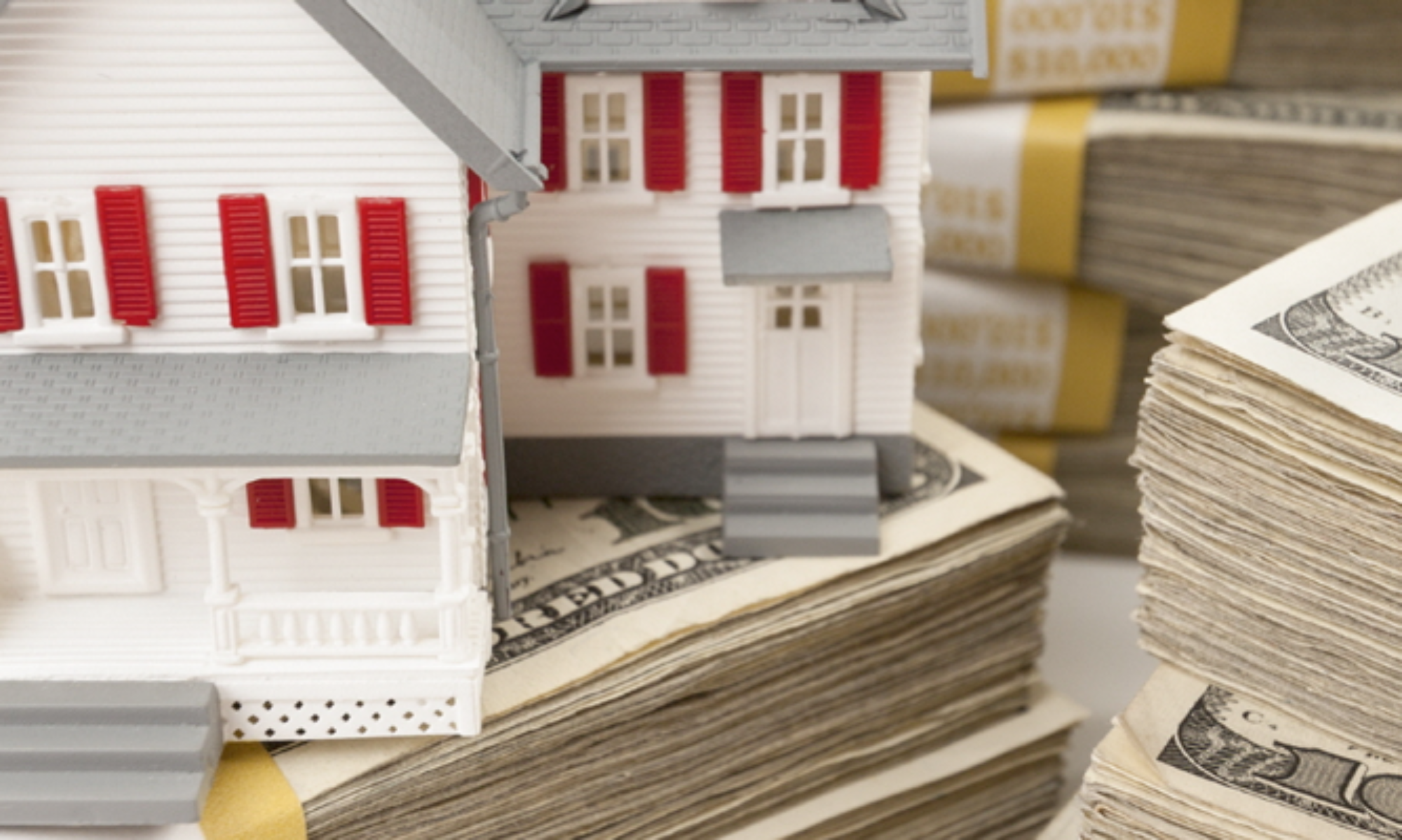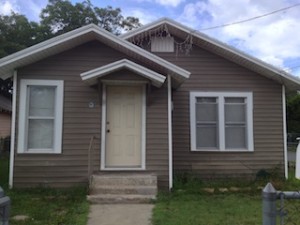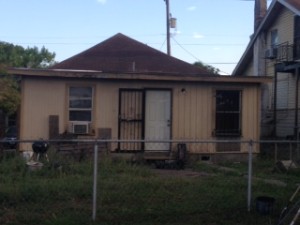I got rich in buy and hold real estate at the tender age of 28. I did it through the rigorous application of two simple baseball concepts:
Bunts and base hits.
I’m referring to small real estate deals that net me $3000, $4000 or maybe $5000. I grew over $30,000+ per month of stable cash flow through smacking blooper bunt and base hit real estate deals!
But most conventional, wanna-be-rich real estate investors I run into never learned about hitting bunts and base hits.
Many of them attended the $20, 544 real estate guru seminar that taught them to look for the monster deal….to wind up for the monster, 600-foot, over the left field fence blast.
Ka-POW!
Understandable. But nonsense, say I.
Driving in bushels of little base hit real estate deals during most ‘ball games’ is what made me wealthy. Not swing for the fence, monster shots every other ‘baseball season.’ Again: I focus on $3000 or $5000 transactions, not on the monster $30,000 score once in a while.
Lesson: I built my real estate career on buy and hold, long term cash flow. NOT on big renovation flips!
Flips are fine sometimes and are good in a crashing market. But the going gets VERY tough in an appreciating market. To make money, you have to find the one in a million deal 50% under market value. Everyone wants that, so consequently, you do few deals.
For instance, here in San Antonio, the market is hot – the 19th hottest market in the US according to Realtor.com. Flippers are having a very hard time finding deals they can make money on. Everyone wants top dollar for their house.
So while the flippers and other big hitters are running around looking for the grand slam, I do 50 little deals a year that make me $4000 or $5000 each. Mostly I make $400 or $500 per month on my long term buy and hold deals. Occasionally, I clean up a house quick and flip it to another investor for $5000.
But the focus is on bunts and base hits, not homers. Look at it like this: How many grand slams do we see in one baseball career? Alex Rodrguez is the all time leader with 24.
And how many base hits do we see in a single baseball career? Pete Rose leads for the ages with 4,256.
See my point?
So, my advice to every residential real estate investor is this: Score on lots of base hit deals, not on the rare grand slam deal.
Here’s a good example of how I do it every single day: This house on Colima Avenue in San Antonio isn’t a beauty.
In summer 2014, I had no problem picking up this house for $15,000 cash. No one wanted it. ‘Bulldoze that junker,’ they said. Two months later, I sold it for $20,000 to a California investor.
Six weeks after that, he sold it owner finance to a blue collar worker for $400 a month (I almost always owner finance my houses; no repair costs). I found him that buyer so I made another $1000. So, on a ‘junk house’ deal that no one wanted, I made $6000.
In a year, I’ll do 20 or 30 deals like that. That’s $100,000 or $150,000. On top of my $30,000+ per month in cash flow.
Advice
My advice to investors is to let the other investors wind up for the mega blast grand slam deals that come along once every three years. Most of the time, they’ll swing and miss. In my view, it’s better to take the little $4000 and $5000 per deal bunts and base hits and keep growing your cash flow.
Action Items:
Focus on steady cash flow, not on flips. Flipping is very cyclical and depends on state of the market. Lots can go wrong on a flip. Steady cash flow will make you rich.
Find cheap single family house deals that are 20% or 30% under market value. Buy in cash if you can. If not, buy with 20% down conventional finance.
Owner finance those houses to qualified buyers per Dodd Frank rules.
Supplement that with a quick, simple flip to an investor every year for $4000 or $6000. Just clean up the house and resell it quick.
Reinvest 90% of your profits into more deals.
Let me know if you have questions or comments below. You also can contact me through our website.







